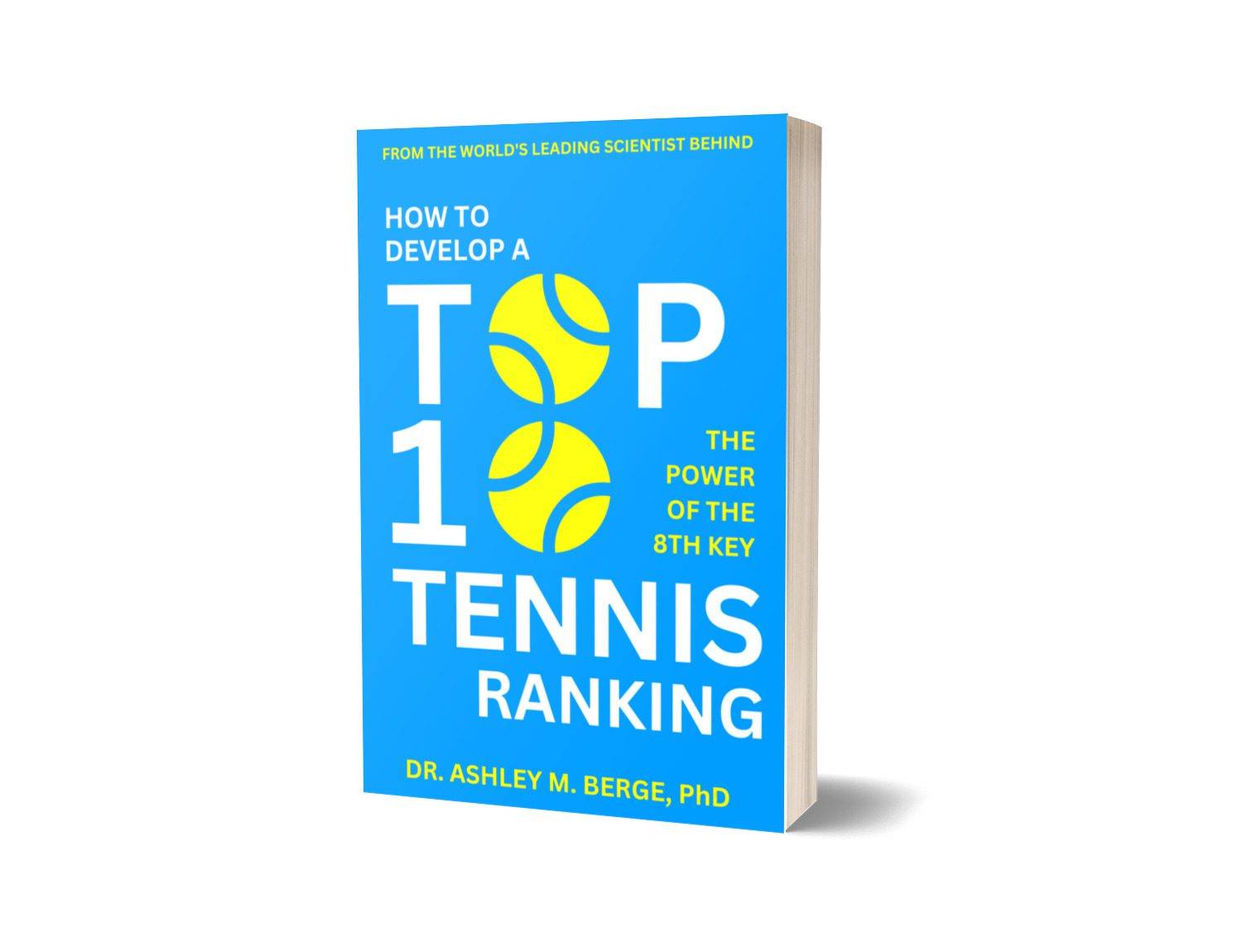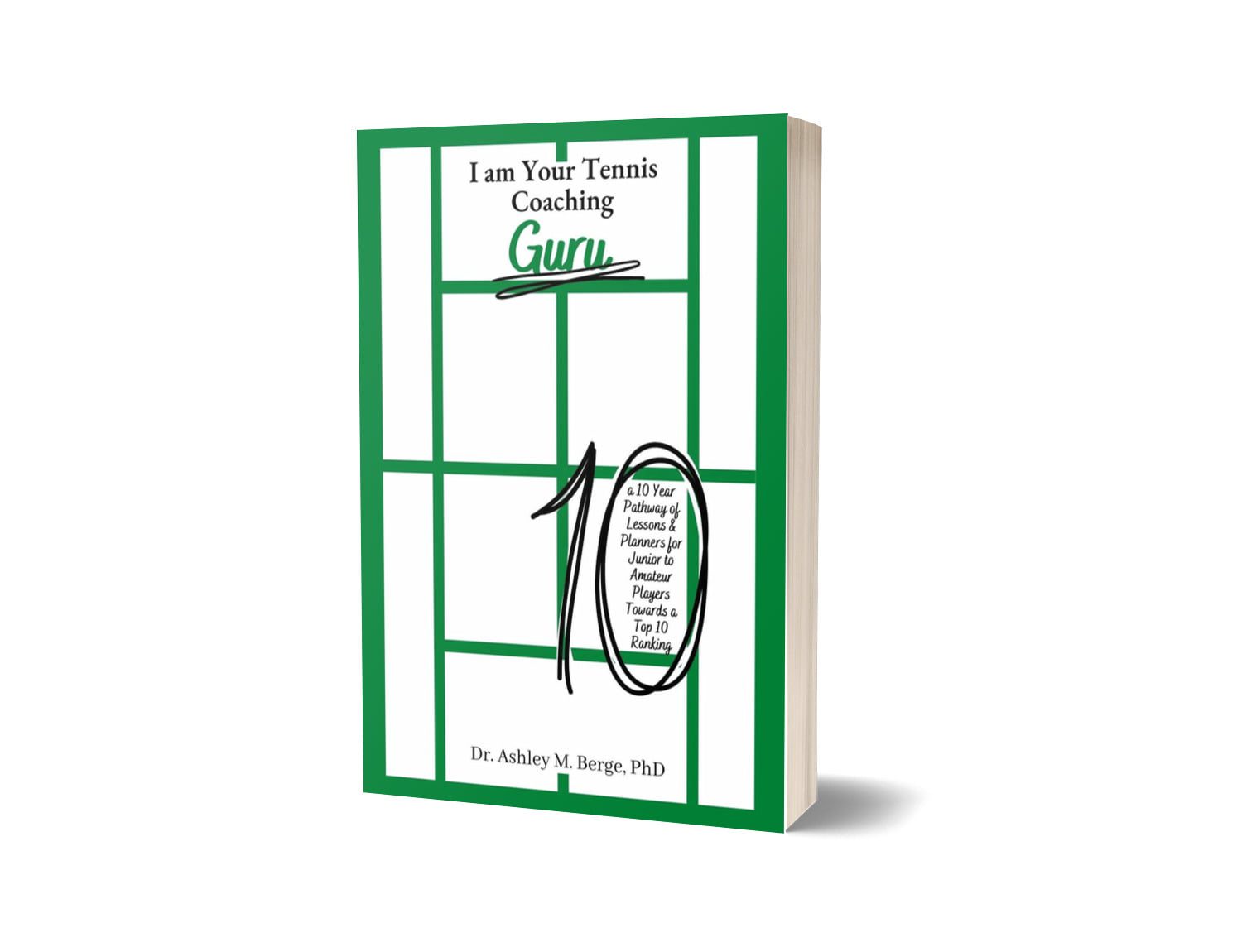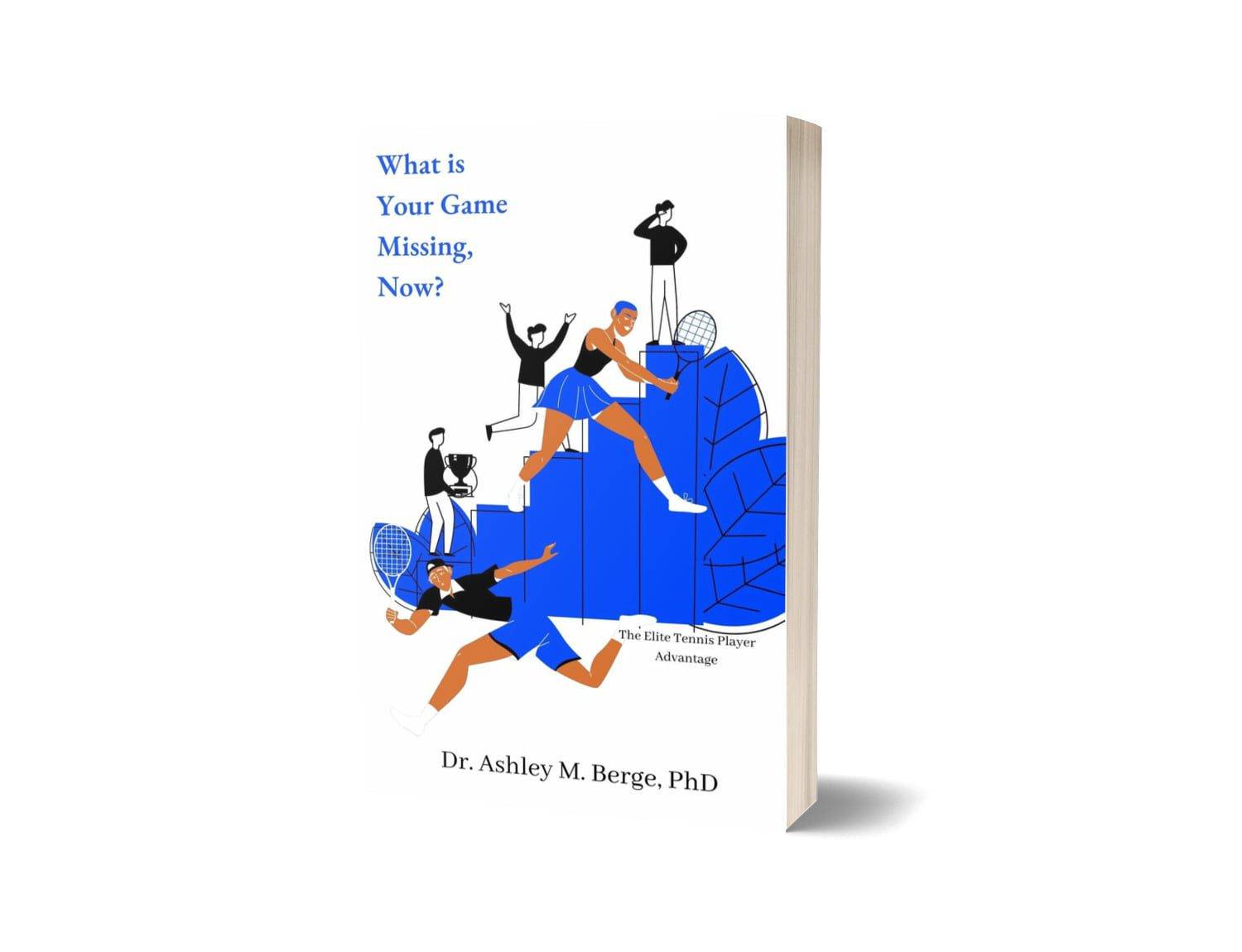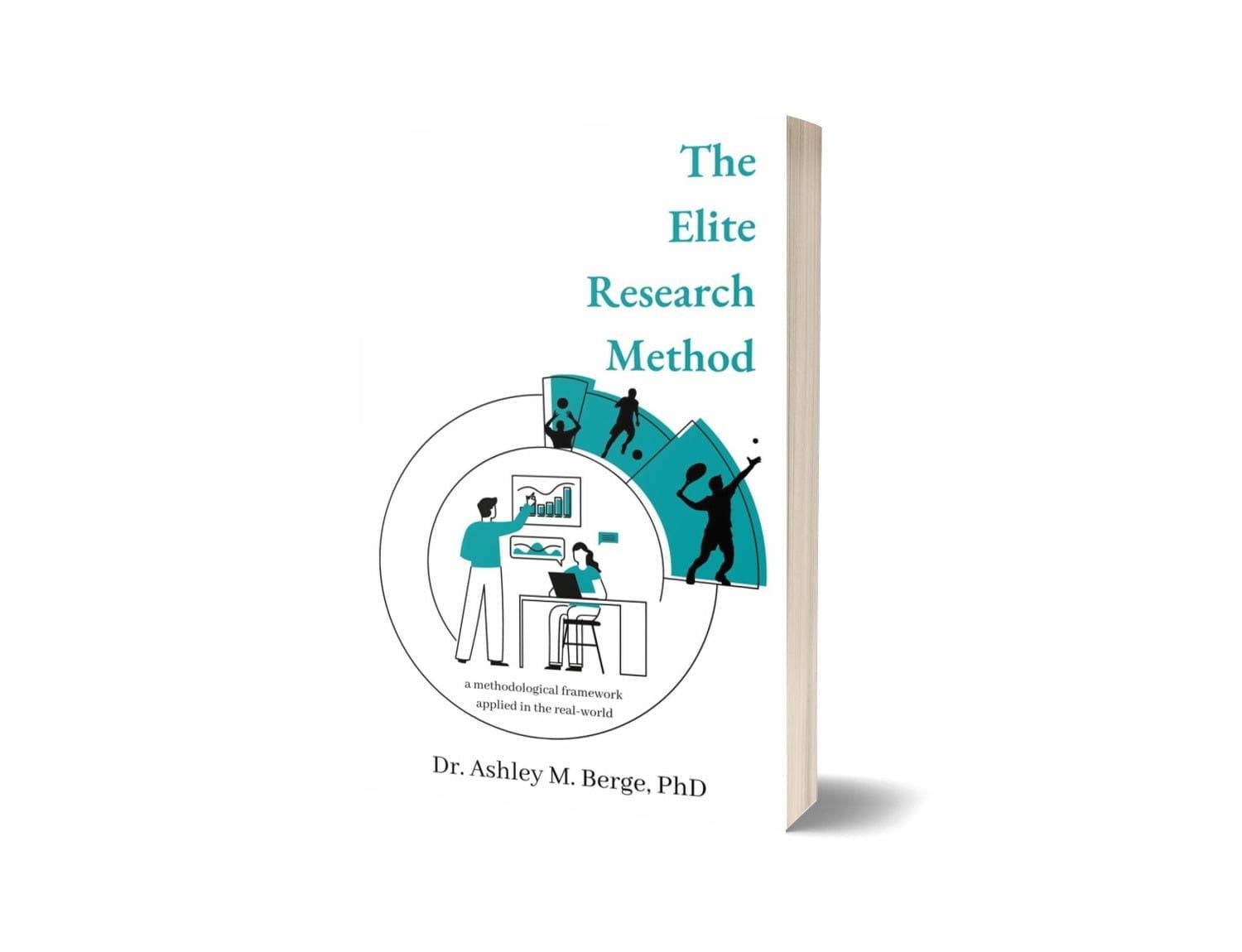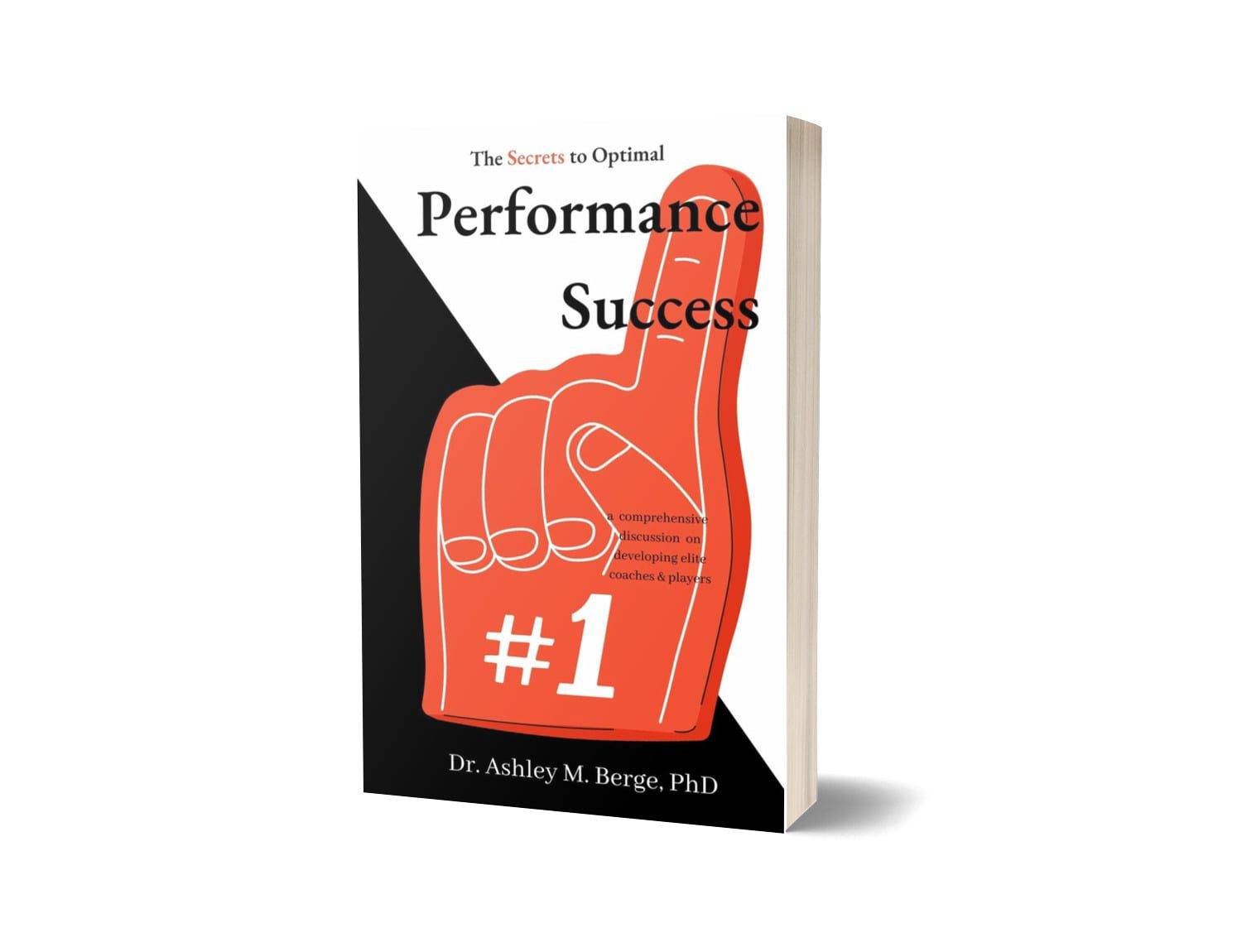
The last two weeks I’ve leveraged A.I to gauge it’s effectiveness to capabilities in sharing data to more precisely pulling a part key topics explored throughout individual episodes of Beyond Top 10 Tennis to give you a better glimpse or snapshot of what is essentially more than 10,000 words into an easy to digest format. It has been fun but also a lot of work. A.I definitely has its advantages but behind the scenes both of those articles were more arduous to time-consuming than I’d anticipated. And more often than not, took a hell of a lot longer to pen than writing each and every word myself.
It’s important to clarify this careful mix as I am well aware that most articles that suggest or share the use of A.I are left untouched. But truly, if you get to the undercurrent — behind these sentences to what’s really being shared, for any experienced writer there is a lot of nonsense that needs to be peeled away to get to the good stuff. Unfortunately, that takes a lot of work. The benefit nonetheless, for me personally, was sifting through a significant number of words — an entire three or four book chapters, into one concise digestible article. Now that’s no easy feat.
I’m confident I’ll be back and use A.I as an ‘assistant’ — to cull my words when needed and to condense these episode transcripts from Beyond Top 10 Tennis. From my perspective, that’s a helpful application as in reality A.I is essentially taking my work and my very own words whilst summarising it’s key contents to share. This is in direct contrast to *not* using my own words, content or elaborate and long-winded prompts over-and-over-and-over again, to a simple structured sentence with a simple command to write ‘something’ on ‘this subject’. In other words, there’s a significant difference in application and a lot of work behind the scenes.
But this week as I’m hopeful you can tell, that’s not what we’re here to talk about. There’s been way too much going on behind the scenes across the tennis landscape that has been shared on Beyond Top 10 Tennis but also has not been shared. On this merit, it deserves elaboration so let’s dive in and review some standout players…
Collins is on fire. Quite simply, she really is. It’s her final season and anyone who is dealing with endometriosis and/or has known someone who is dealing with this debilitating health condition, for Collins to play at the level she is — it’s absolutely Top 5 status without a doubt. Arguably, with a clean bill of health Collins would have notched up a few Grand Slams. She’s been ranked inside the Top 10 previously and has had to deal with surgery to rise back up the rankings. Collins has been a Grand Slam Finalist and she has notched up wins against the best. She comes with attitude and so much fun, Collins’ final season has been nothing but perhaps one of her best ‘two’ seasons to date. That said, if Collins makes a Grand Slam final this season and breaks into the Top 10 — both increasingly likely, it’ll be her best. And it has to be said that to go out with a US Open win would be stellar and something not even Serena Williams herself could manage. But then again, Collins has opted to go out at a performance peak so I’d say anything is possible with her current performance surge.
Thiem has called time and will close out his career this season. I’m sure I speak for many when I say it’s incredibly disappointing that Roland Garros won’t be giving Thiem the Wildcard he deserves having been a Finalist on multiple occasions.
Cornet is on her final season and has managed to claw her way back into the Top 100. Granted Cornet is French, Roland Garros will grant her special conditions as her career undoubtedly deserves. Not only has Cornet notched up wins against the best in the world throughout her career, she was a firm Top 20 player for a number of seasons — perhaps her first decade on tour, before shying away from her performance peak and settling between the Top 80 to Top 100 in more recent seasons.
Muguruza had a stellar career and quite simply when COVID came she was one of the more prominent players to take a much needed break. Fair is fair when you consider the demands of the tour and how Muguruza was No.1 and a Grand Slam Champion when Serena Williams was arguably at ‘one of’ her peaks. Not every player can make that claim. By all accounts, I’d say Muguruza had a number of years left in her, but then again, I’d perhaps go out on a limb and suggest she wasn’t content being ranked inside the Top 20 in the world — where her ranking had settled around this timeframe before taking an extended leave of absence. It is also important to note that for some players, normalcy is a huge reward given that they don’t get to experience that very often until their career comes to a close. And that’s where the irony of COVID comes into play. Rankings were impacted but so were a number of players who yearned for more time at home. Muguruza is the perfect example and this time away was what her heart had been missing, without a doubt, making the decision all the more easier to close off one chapter of her life and breathe life into the next.
This is a timely reminder of the demands of both WTA and ATP tours. On the other hand, Nadal arguably does not want to wave goodbye. Tennis has been his home away from home for essentially more than the past 20 years. It’s a huge part of him and his home life wasn’t what he’d yearned for as much as for the Grand Slams to fire ignited inside him when he’d step out onto the biggest tennis courts in the world. Neither is right or wrong but one has 22 and the other 2 Grand Slams.
But let’s be fair — there’s a hell of a lot more players — 99% or greater who yearn for that Grand Slam and never come within reach throughout their entire playing career. These two achieved this feat on multiple occasions and Nadal is one of the greatest players of all time.
A topic most like to argue, Nadal in fact was more consistent than both Federer and Djokovic in holding onto his Top 10 ranking over the same period of time. For those interested in the statistics, these are wrapped inside the What is Your Game Missing series — 3 complete texts that extrapolate data off both WTA and ATP tours and this is one of a number of very interesting insights that is often neglected. Not even Federer or Djokovic won a Grand Slam 14 times. Whilst Djokovic has won 10 Australian Open titles, arguably he’s now under threat from the likes of Sinner to Alcaraz to add to his tally.
By all means more Grand Slams are possible for Djokovic but he’s also not against the dominance of Nadal nor Federer who had to dethrone the other as well as Djokovic to notch these wins. It’s a different era. On this note, Nadal should definitely be in discussion for G.O.A.T and similar to Collins — on an entirely different level, imagine if Nadal hadn’t been sidelined by a number of injuries in the later half of his career. Without a doubt, he was the player to dethrone Federer’s G.O.A.T status in respect to the Grand Slam tally and it was only after Nadal’s body struggled to recover from his ailments did Djokovic surge ahead — before Sinner and Alcaraz had levelled up with Medvedev his only real threat but by no means at the same level.
And this is a really interesting point. Federer peaked against the best in the world. Nadal peaked against the best in the world. Djokovic followed also against the best in the world but his more recent Grand Slams since overtaking both Federer and then Nadal were not won against the best in the world. Quite simply, Djokovic was the ‘best in the world’ left in action. And that’s another point. By all accounts, Djokovic is the player who has been able to maintain his health the longest and is deserving of the player who has been able to maintain his peak performance for the longest period of time courtesy of this health whereby both Federer and Nadal have succumbed to their ailments.
Whilst there are other players who are calling the 2024 season their last and those who have already closed out their career without a last ‘hurrah’, there’s another interesting storyline that was touched on in this week’s episode which includes Swiatek’s rise and Sabalenka gaining ground to both Gauff and Rybakina closely following. It’s an incredibly interesting time for the WTA tour as the Top 4 are truly in the race for the next Grand Slam. And it’s also exciting!
The level of play has gone up a notch and not inside the last 3 to 4 seasons have we been able to witness the stakes being this close with all 4 of these players with a Grand Slam now to their name whilst making further inroads to latch onto more. That said, Swiatek leads this pack — the second youngest after Guaff, then Rybakina and Sabalenka are at an age where their level is further primed to peak — a scary thought if considering both Swiatek and Gauff have ample room to peak in the years ahead.
Then there’s Sinner and Alcaraz looking to dethrone Djokovic and both are incredibly close. But given Sinner is out of action the past week and Alcaraz suffered an earlier loss than anticipated followed by the past week out, and Djokovic also with a number of earlier losses than typically anticipated, this has provided room for Tsitsipas and others to come forward. And this is the same player who regressed outside the Top 10 a matter of 2-3 months ago and then hit the courts with a bang to reach back-to-back finals followed by a title with Rudd closely following. But it is Tsitsipas who has continued to progress. On this note, it’s a timely reminder that Tsitsipas has been a Grand slam Finalist before and with the Top 3 not at the anticipated level and/or hard to gauge with the past week absent from tour, this is also followed by Medvedev still being in contention but hasn’t been as steadfast i.e. reaching these lead-up finals, as these other two. By all accounts, there are other players in there running from Rublev to Hurkacz, but when we’re looking at the 7 Keys to the 8th Key it really comes down to a cutthroat performance whereby the WTA tour’s Top 4 have been leading the charge in contrast to the ATP tour’s primary 4.
A subtle word of warning — Zverev has been quietly getting the job done whilst Fritz has been regaining form. If anything, we’re mere weeks away from one of the Top 4 to make their mark — further, or for one of these ‘other’ players that haven’t garnered the spotlight to finally lift that maiden Grand Slam crown.
It’s a game of fluctuations and steadfast peak performances and who can maintain their grasp for longer periods of time before succumbing. It’s a battle in its own right and perhaps why Nadal was always poised for more but on equal accounts why Swiatek has been putting this on display in her own right. And with less than a fortnight to go until the 2024 French Open is underway, it’s this time of the season that is ample for both upsets and continued peak performances — a complex Pathway to navigate for those who are not equipped with all 8 Keys.
To learn more about our data, predictive analytics and how to optimise your own performance, head on over to AM8 International. To learn more about AM8 International check out our selection of Books and/or options to join Dr B’s Pack to gain exclusive access to the best in the world. Not quite ready? Head on over to Beyond Top 10 Tennis for free access to 100+ episodes directly from Dr Berge of what it really takes to win multiple Grand Slams to securing that Top 10 tennis ranking with new episodes each week. More? Catch up on our Tips over on TikTok, Twitter, Threads or Instagram for quick snippets to apply in your game, today.



